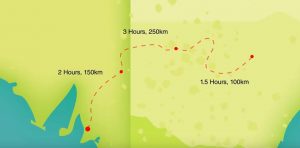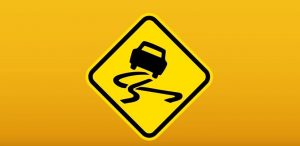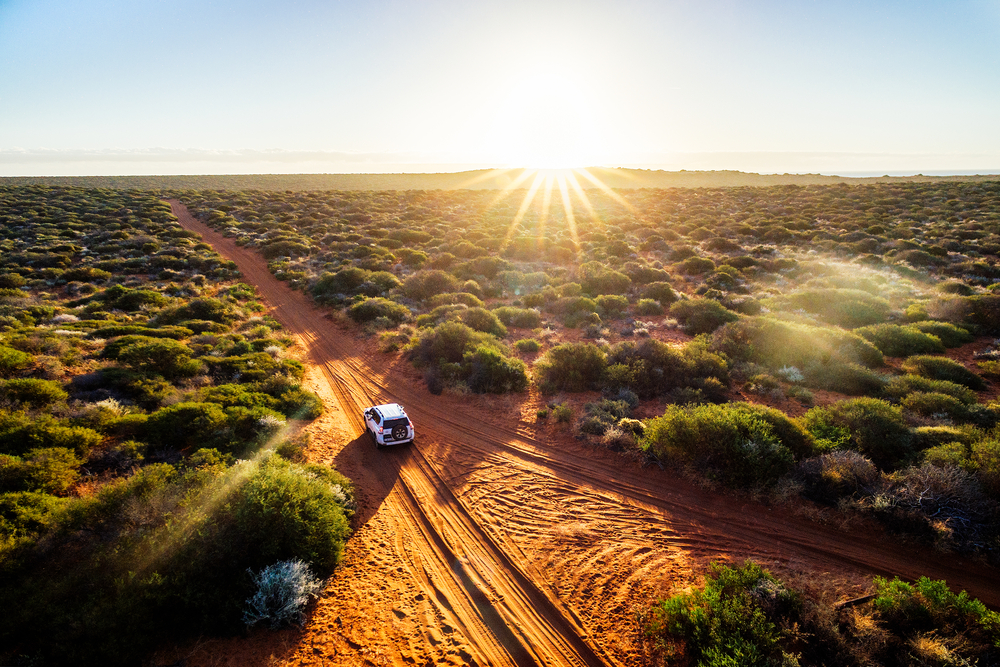Australia’s remote areas have few towns and facilities often with large distances between them, so plan your trip. If traveling in remote areas or planning to leave major roads, tell local police of your intended route.

Road conditions can vary from a sealed surface to gravel and dirt. Use a four-wheel-drive vehicle on unsealed roads in remote areas. Be careful of holes,soft road edges, narrow roads with unstable edges, narrow bridges changing surfaces and dusty roads. The environment can change rapidly, always check on local road conditions before leaving major roads. You can do this by listening to the radio, speaking to locals or visiting the DPTI webpage. Always obey road closure signs as it could be dangerous road conditions ahead.

You may come across water on the road. Roads may be covered in water which appears shallow but can have a current strong enough to sweep away your vehicle. Wait until the water level drops or use an alternative route.

If your vehicle breaks down in a remote area, do not leave it because it will provide you with shade and protection from the heat. Wait for help to come to you. Consider hiring appropriate emergency communication equipment such as a satellite phone and an emergency position indicating radio beacon otherwise known as an e perb device. Triple zero is the number for emergency services in Australia. They can connect you to police ambulance or the fire brigade. You should only contact triple o in an Emergency.

For further information on Road laws and other important information for drivers, please visit www.qeeq.com


